The year 2019 was amazing in terms of expanding our knowledge of the universe. A lot of cool things have happened, and many breathtaking images have been recorded by astrophotographers, astronauts and space observation instruments.
In this article, we have selected 20 of the most amazing astronomical photos of the year, either by what they represent, what they show, or what they inspire.
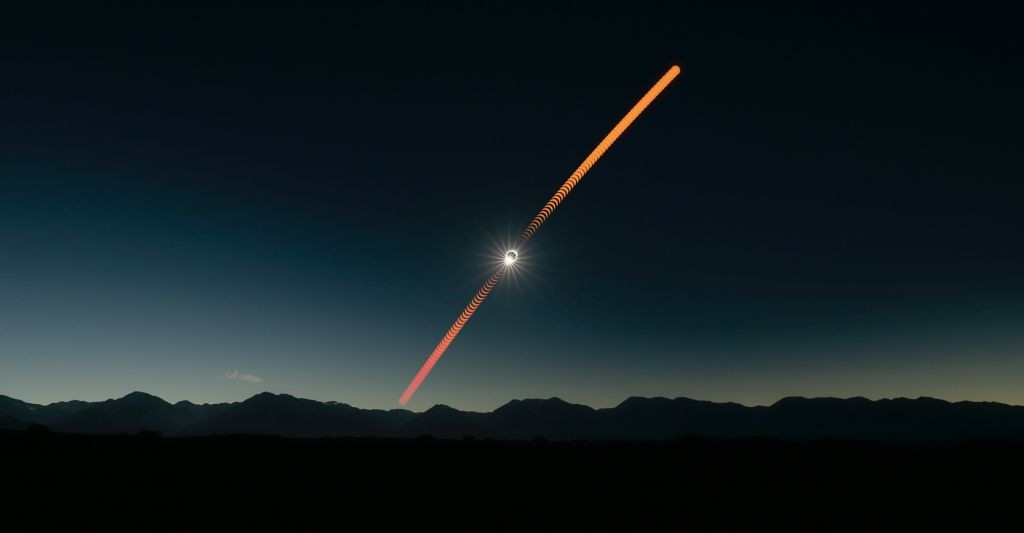
The July solar eclipse visible in the southern hemisphere was captured at this timelapse as the sun was gradually covered by the moon. In the image, we see the Andes and, in motion, the Astro Rei, which goes from its fully uncovered position until “behind”. ”From Earth’s natural satellite, then resurface as it prepares to set.
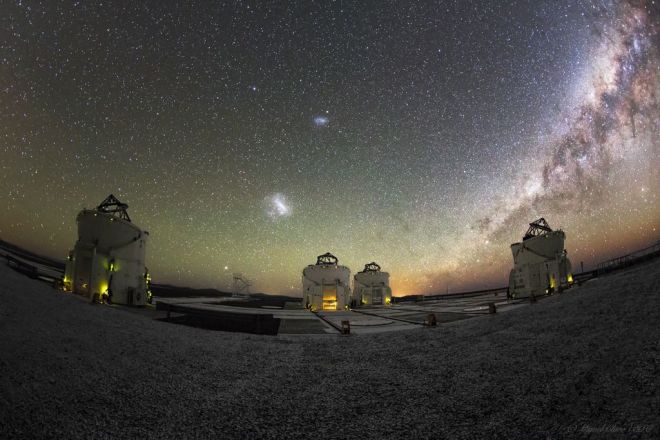
Astrophotographer Miguel Claro made this incredible record of the Small and Large Magellanic Cloud beside the Milky Way in the Chilean sky, with four auxiliary telescopes that are part of the Very Large Telescope Array.
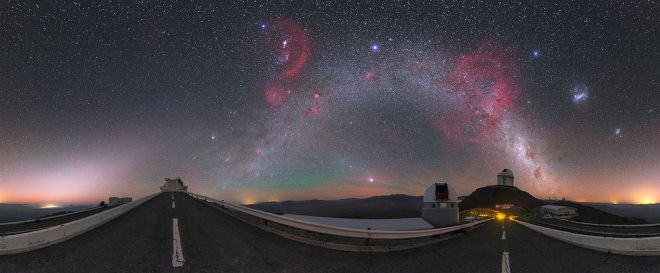
Another photo of an astrophotographer, this time by Petr Horálek, who currently works for the European Southern Observatory (ESO). He recorded this image of the Milky Way with two nebulae around it, one of them called the Barnard Loop, much like a question mark. On the other side we can see the Sh2-264 nebula, also known as the Lambda Orionis Ring. Both are part of the Orion Molecular Cloud Complex.
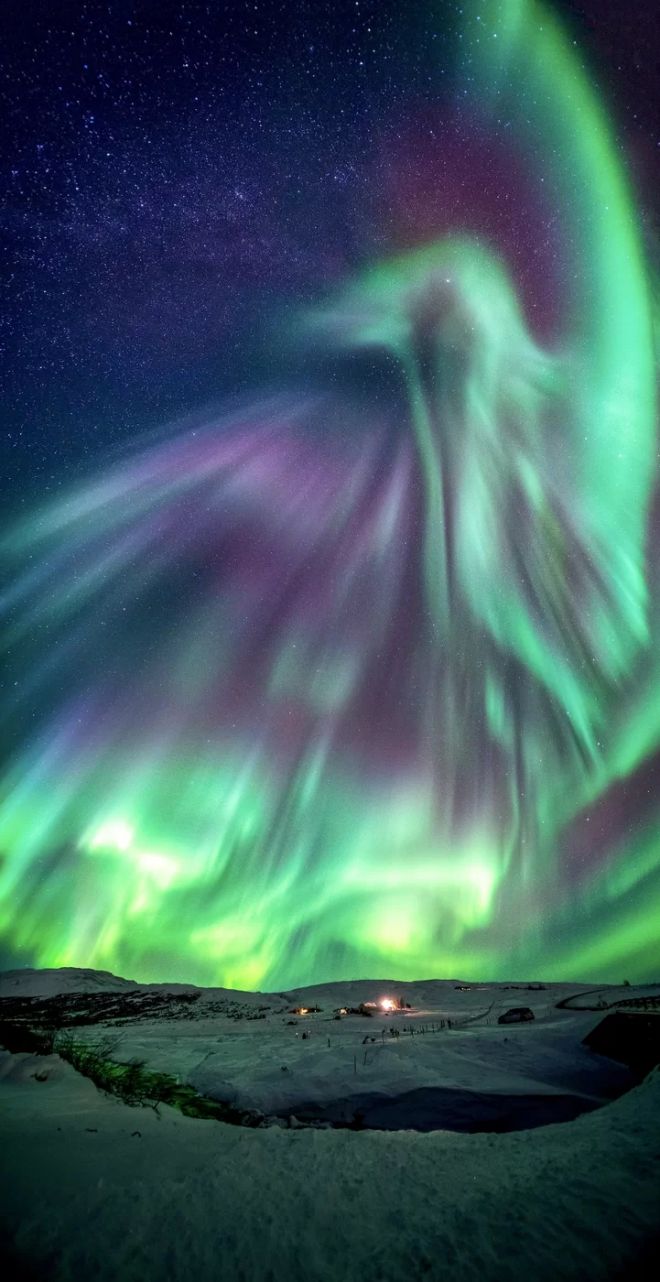
In early 2019, a northern lights were recorded in images by photographers Jingyi Zhang and Wang Zheng. That same night, they recorded the light show forming a kind of dragon and, shortly thereafter, this phoenix in the Icelandic sky.
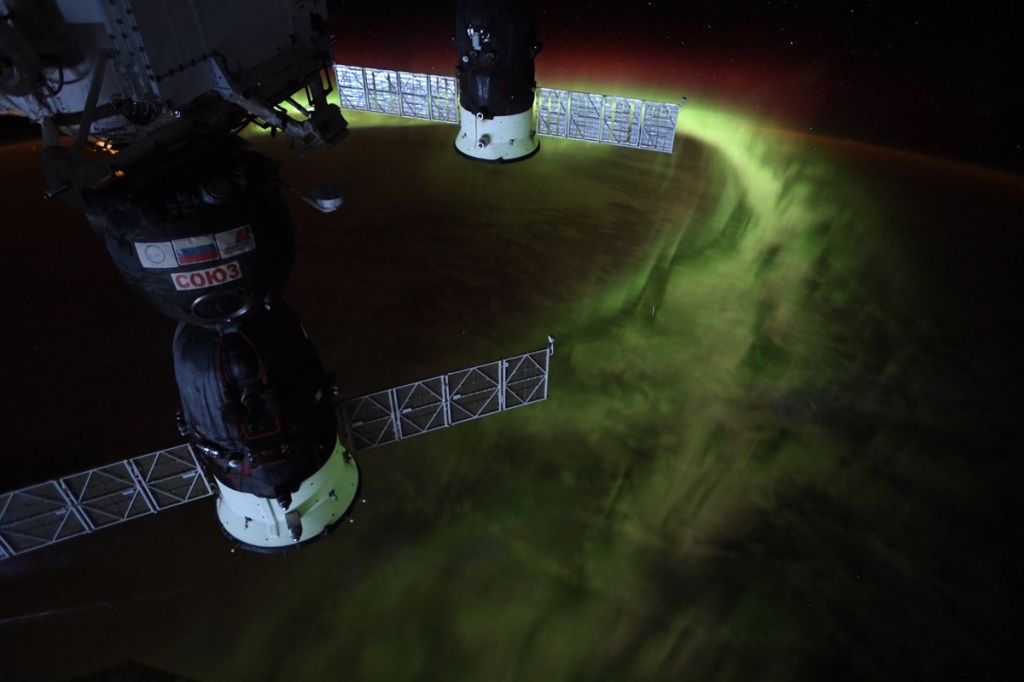
It is also possible to observe the dawn of the International Space Station (ISS). In this image we see a trail of lime green light on the south pole of the planet. The photographer was astronaut Christina Koch, who posted the image with the caption: “Years ago at the South Pole, I looked to the dawn for inspiration to cross the night of 6 winter months; now I know they are as inspiring as up here. ”
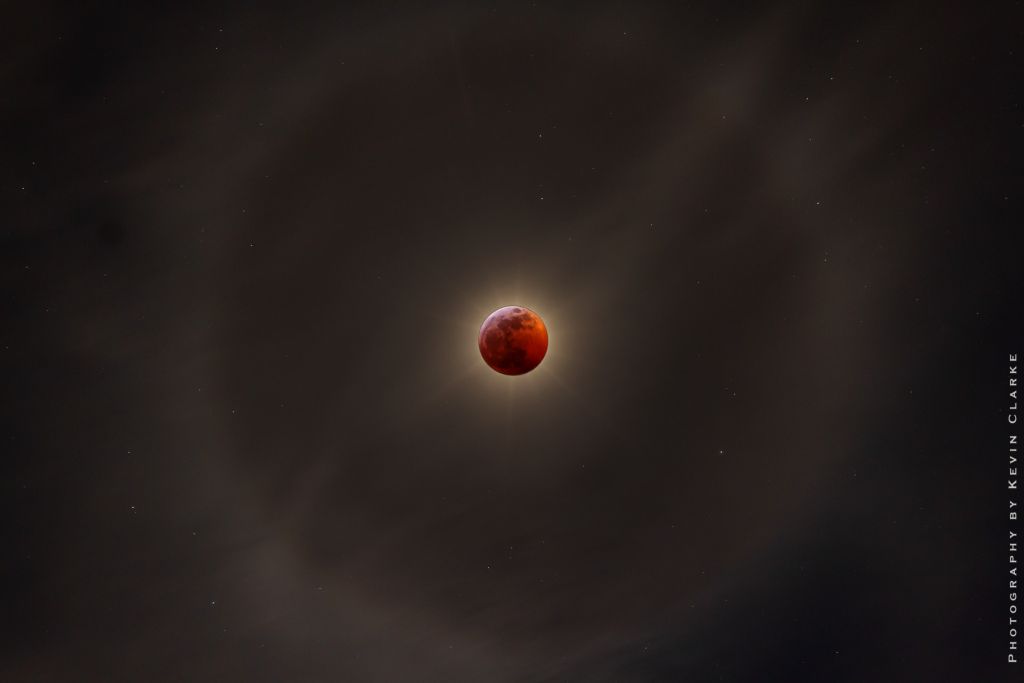
The image above is the result of a composition by Kevin Clarke, who put together a few clicks from the January 2019 total solar eclipse. Images from two different cameras were merged to render this unique and impressive photograph of the moon covering the sun, which maintains an aura around the natural satellite.
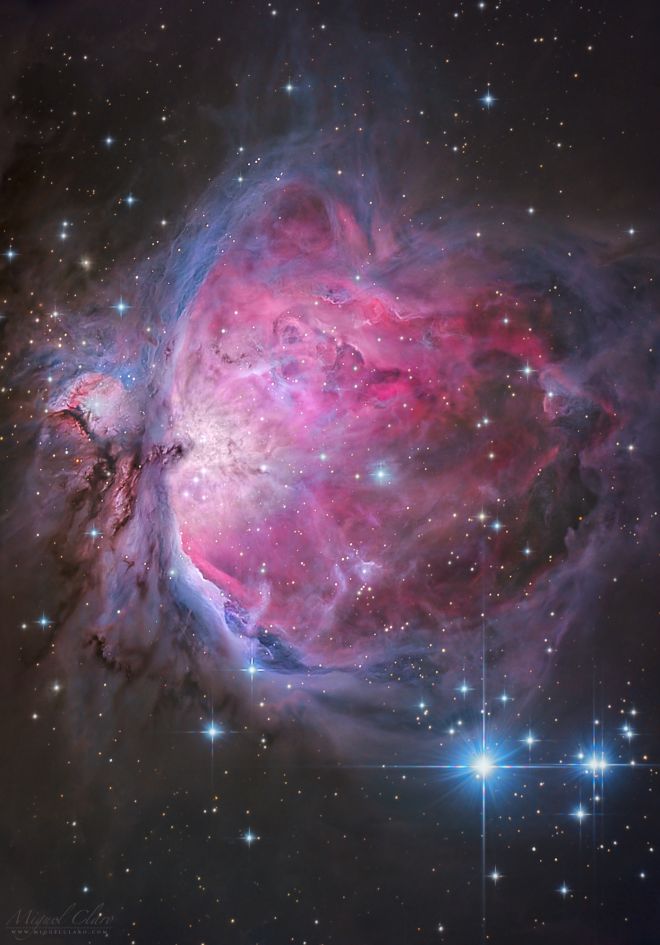
Another click from Miguel Claro, astrophotographer who recorded this impressive image of the Orion Nebula. The red and blue colors form what looks like a giant bird with butterfly wings.
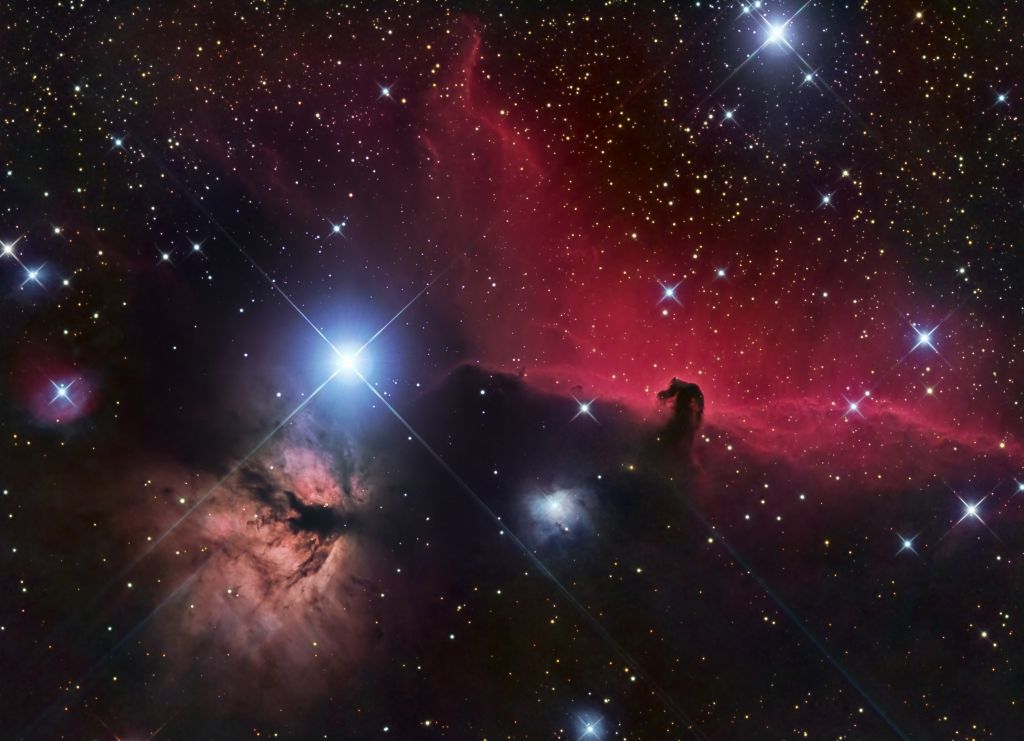
Here we see the Flame Nebula (NGC 2024) next to Barnard 33, also known as the Horsehead Nebula, located in the Orion Molecular Cloud Complex. The equestrian shape is a set of very dense clouds and dust that prevents the passage of light. The image was recorded in January 2019 by astrophotographer Ron Brecher.
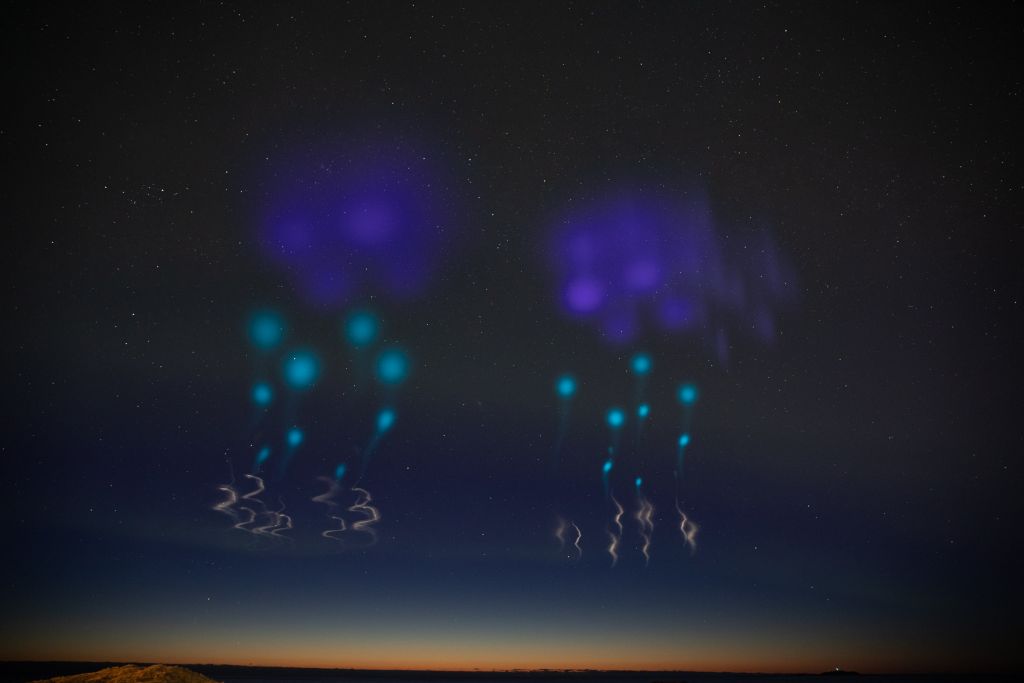
Two rockets launched by NASA to study Earth’s auroras formed a kind of jellyfish pair in the sky on this April 5th record. Black Brant XI-A was launched in Norway from the Andøya Space Center.
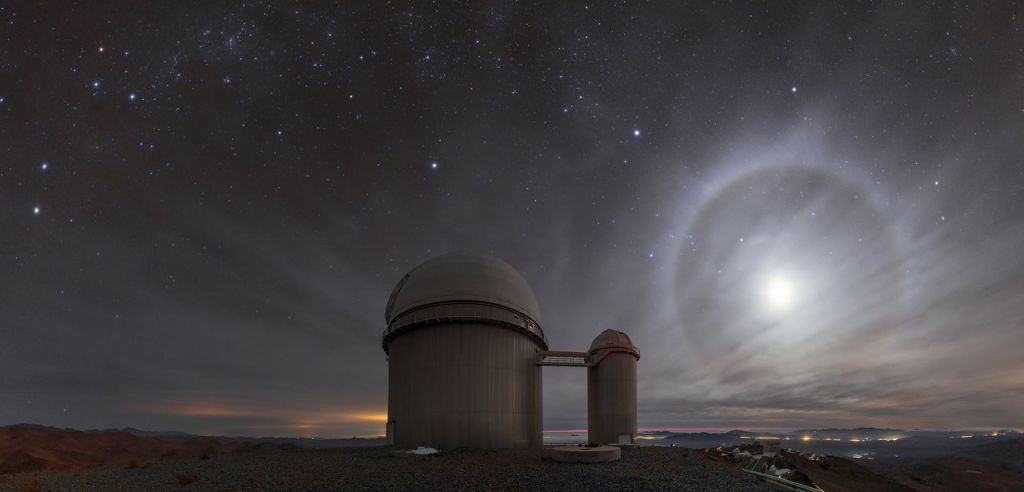
When the moon appears at an altitude of about 22 degrees above the horizon and its light reflects off icy clouds, you can see a gigantic aura around it in the sky, as in this image taken at the La Silla observatory in Chile. According to ESO officials, “rays of light that do this tend to cluster at the angle that represents the least amount of deviation from their original path.”
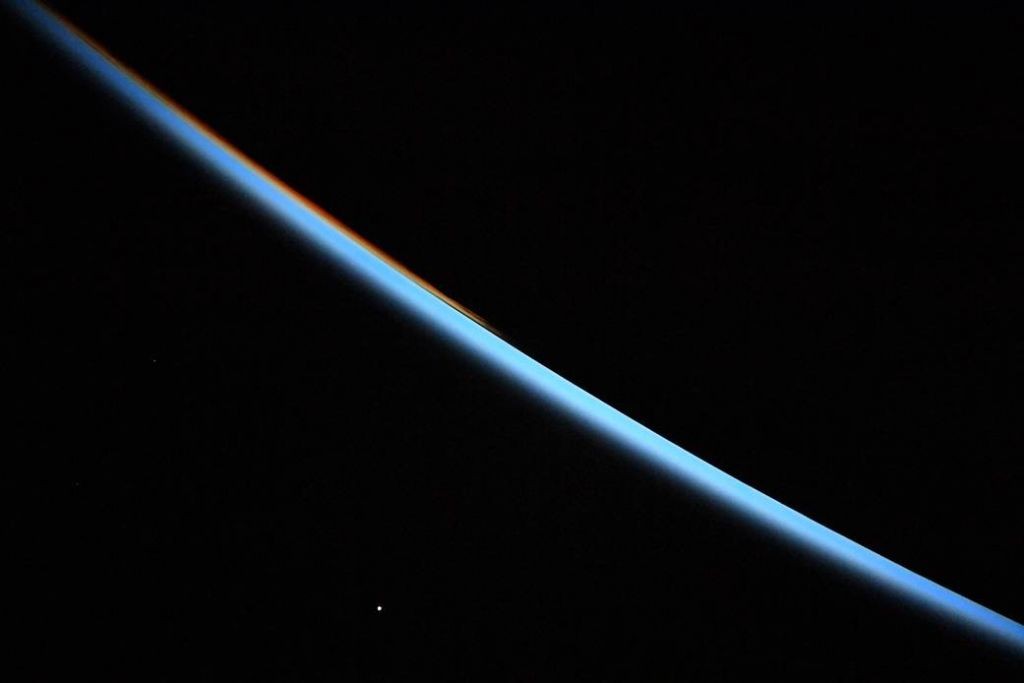
NASA astronaut Christina Koch recorded this image on the ISS as she spotted planet Venus shining in the sky as the sun rose from behind the Earth. We can see the earth’s atmosphere glow blue around our planet, mostly covered by shadow.
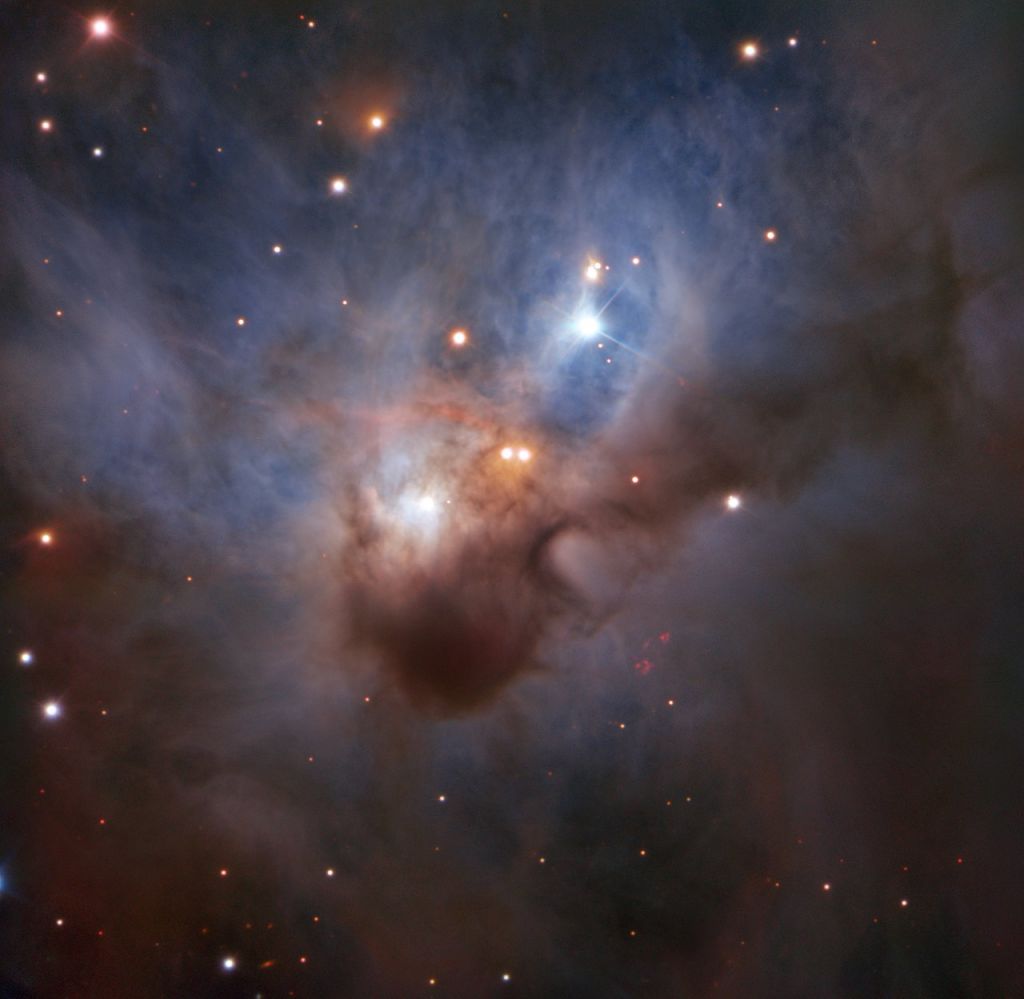
The officially named NGC 1788 nebula sits in one of the darkest corners of the Orion constellation. Along with its appearance when viewed from Earth, it has been dubbed the Cosmic Bat, which seems to stretch its wings to fly through interstellar space. The realization that it would be a bat only increases with the two stars that look like the eyes right where the head would be.
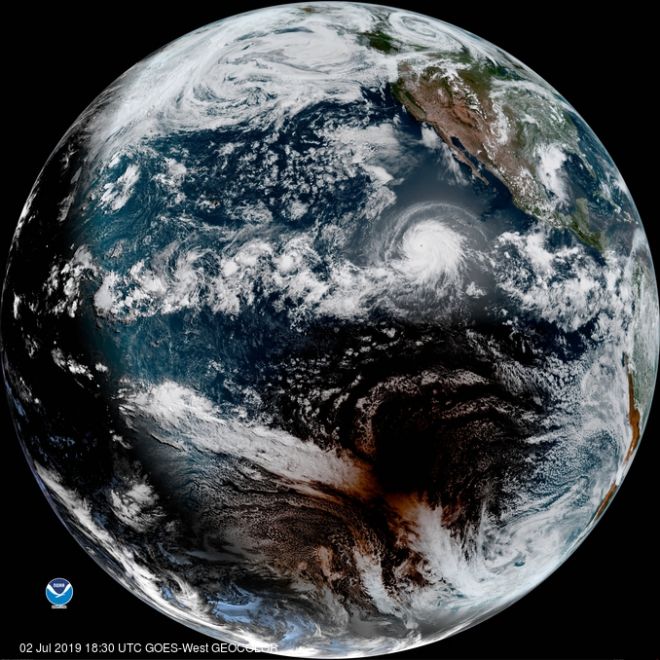
In this image we can see the shadow of the moon passing across the earth south of Hurricane Barbara in the midst of the July solar eclipse. The photo was captured by NASA’s NOAA satellite.
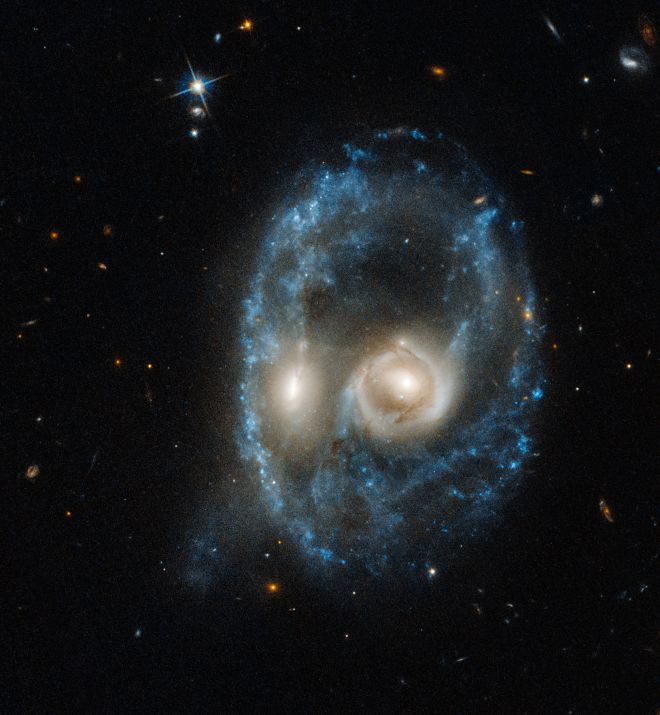
The ghostly face in the middle of the universe released around Halloween this year could not be left off the list. The image, taken by Hubble, shows the process of fusion between two galaxies collectively known as Arp-Madore 2026-42.
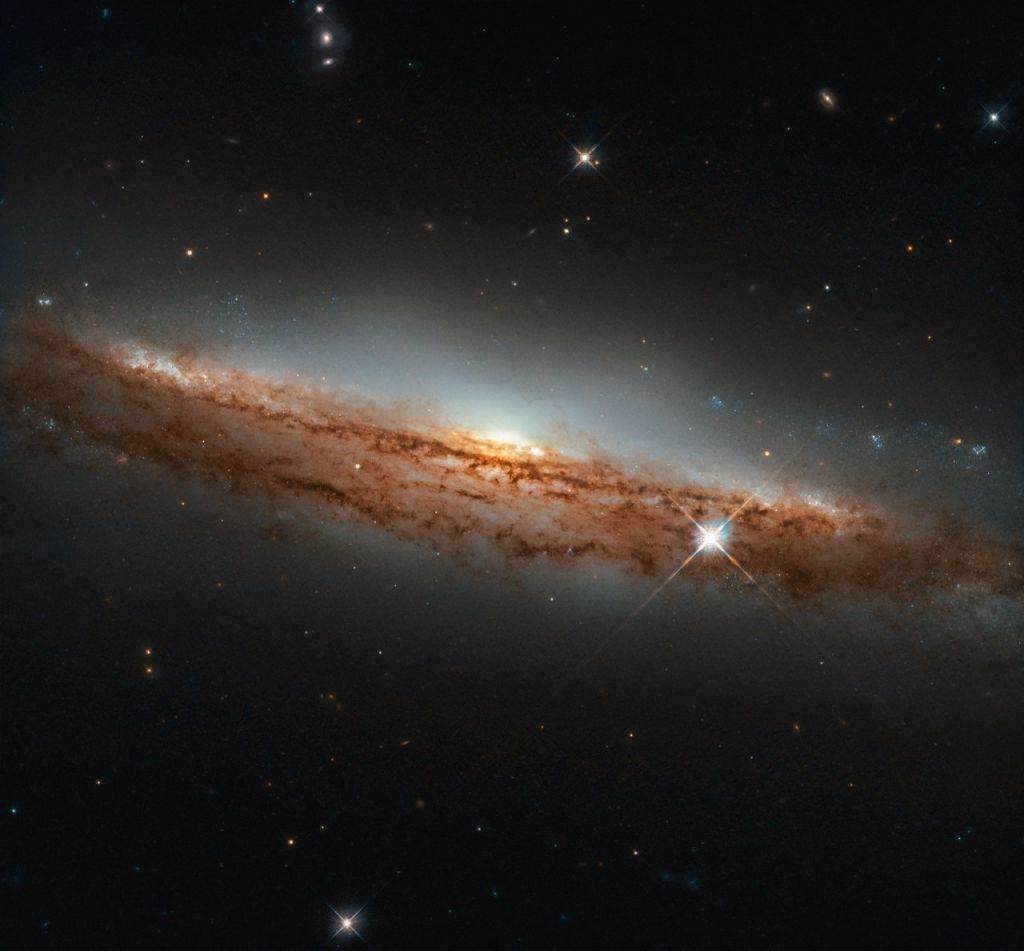
The Hubble Space Telescope recorded many of the best images of the year. One is this photograph of spiral galaxy NGC 3717, which looks like a dusty swirl of stars, 60 million light years from Earth.
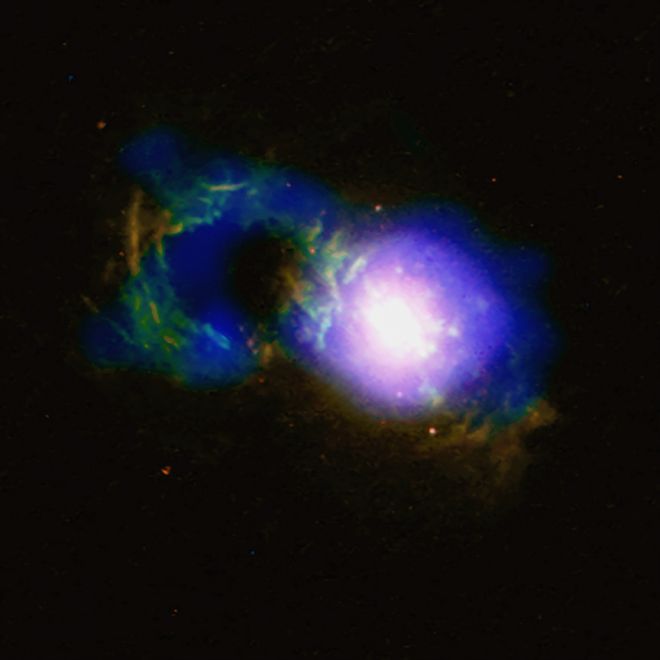
The SDSS 1430-1339 galaxy has what looks like a powerful storm caused by a quasar right in the center, shaped like a cup of tea.
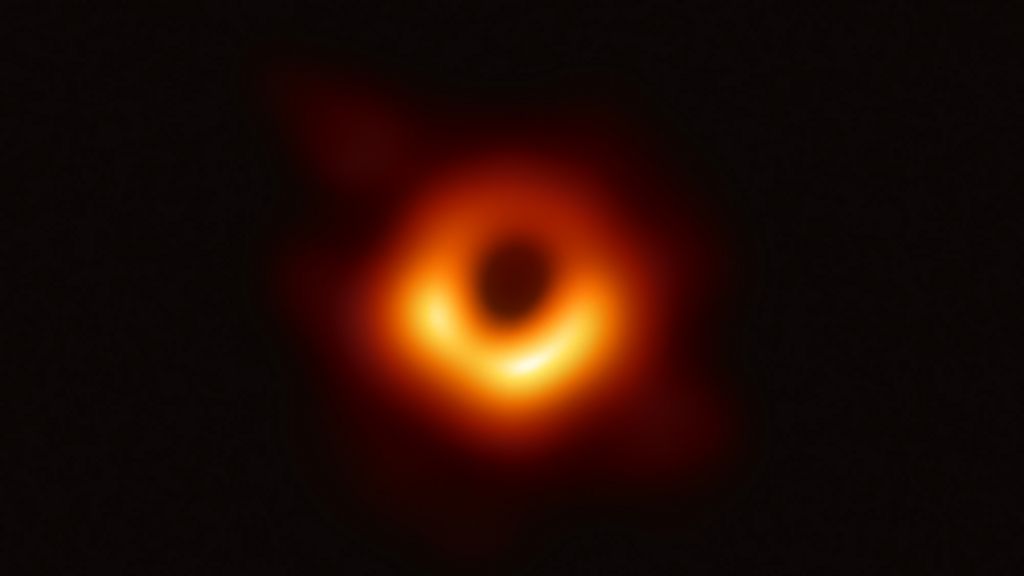
Perhaps one of the most important photographs of the century, not just this year, is the first real image of a black hole recorded by mankind. Made thanks to the collaboration of several telescopes around the world that are part of the Event Horizon Telescope project, this supermassive black hole is located in the center of the M87 galaxy.
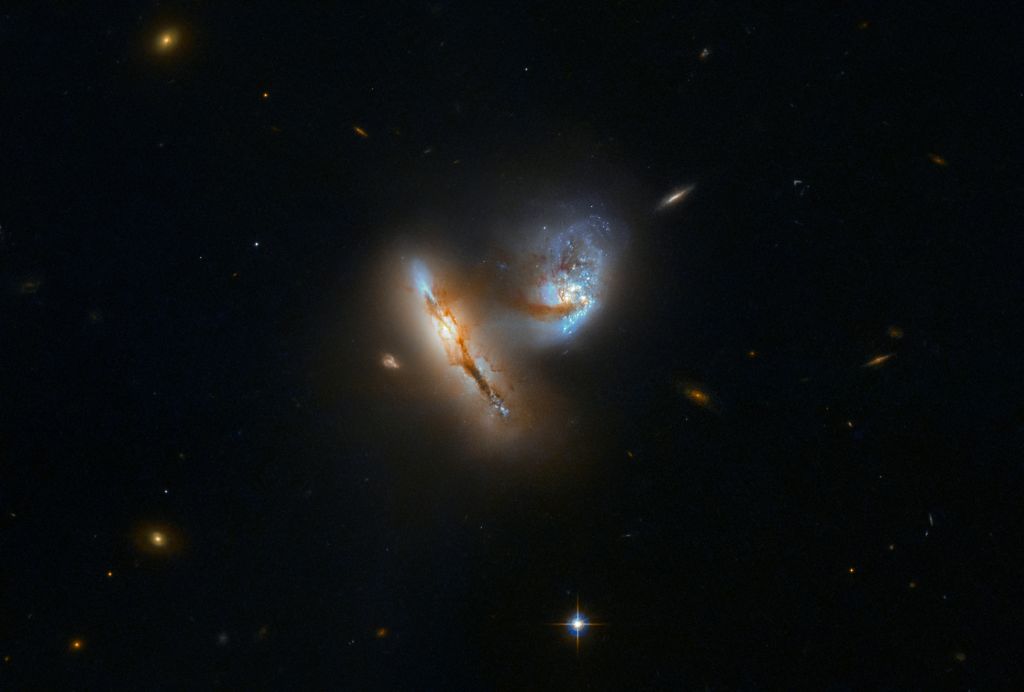
Another phenomenon that looks like a dance in space. The UGC 2369 galaxy is in the process of merging, and was captured amid the exchange of gravitational forces by the Hubble Space Telescope in this slow union process that takes place 424 million light years from Earth.
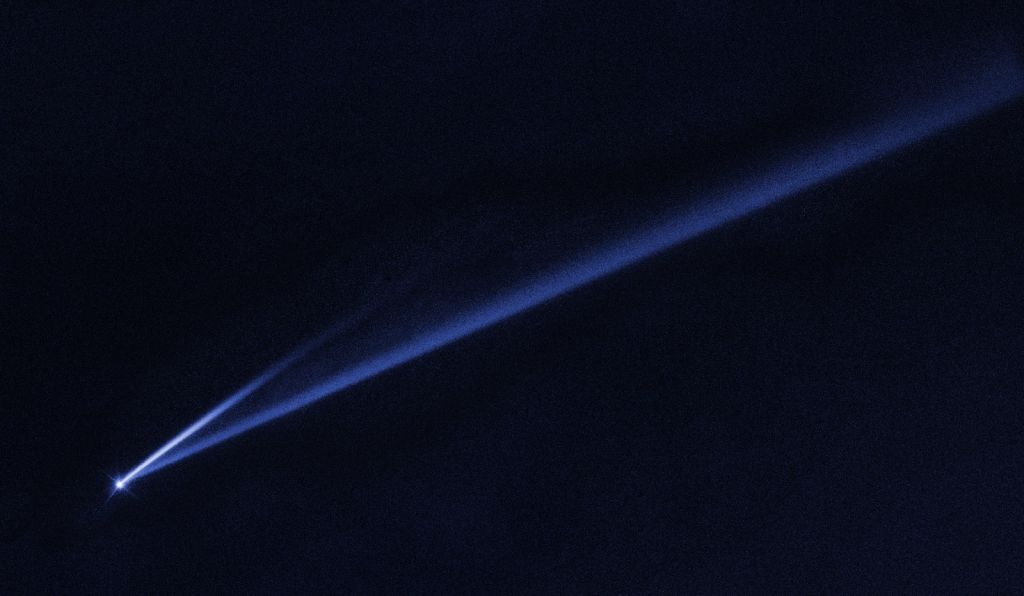
One more from Hubble. In this image, asteroid Gault (6478) begins to crumble as it approaches the sun, forming what appears to be a double comet tail, one of 800,000 km long, about 4,800 km wide. The smaller tail is about a quarter the size of the largest.
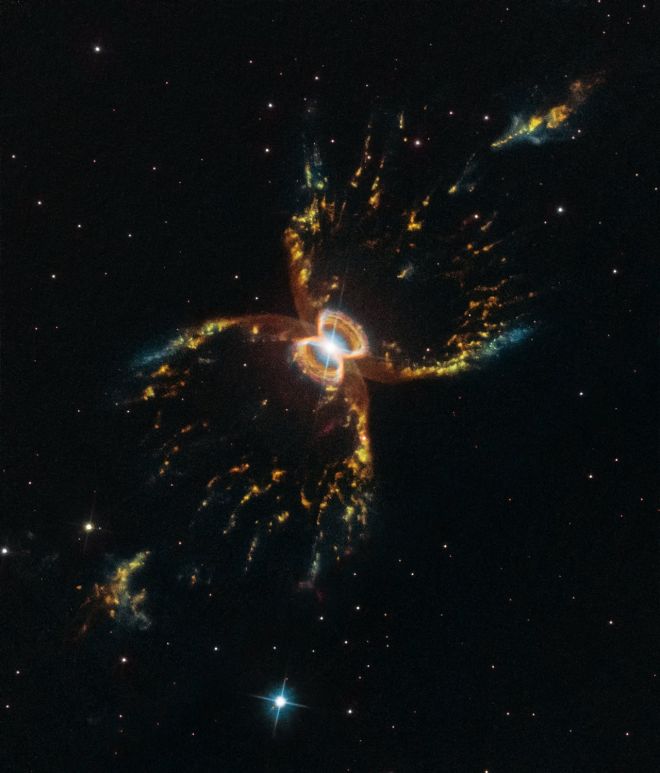
To celebrate the 29th anniversary of the Hubble Space Telescope, researchers took this image of the Southern Crab Nebula – which is not the same as the Crab Nebula. This seemingly symmetrical image was created after the explosion of a star in a binary system. The exploding star has now become a white dwarf.
Source: Space.com